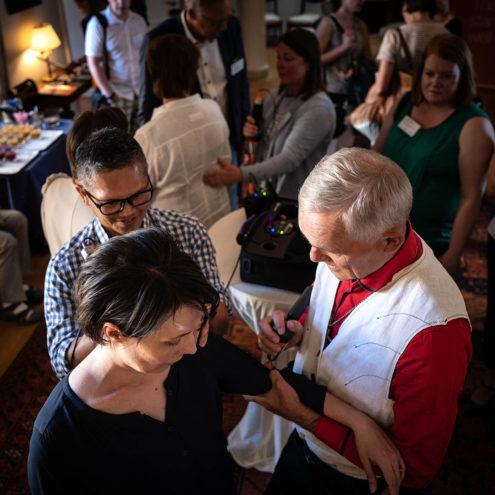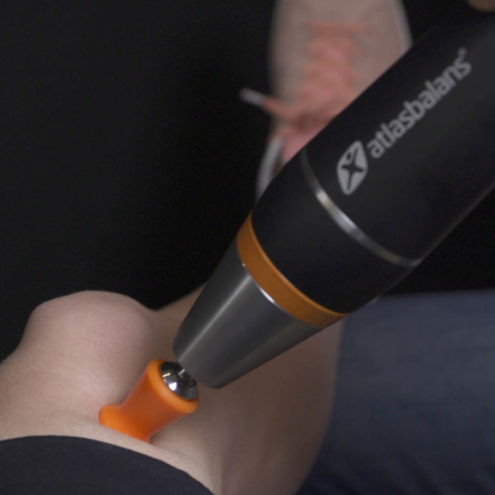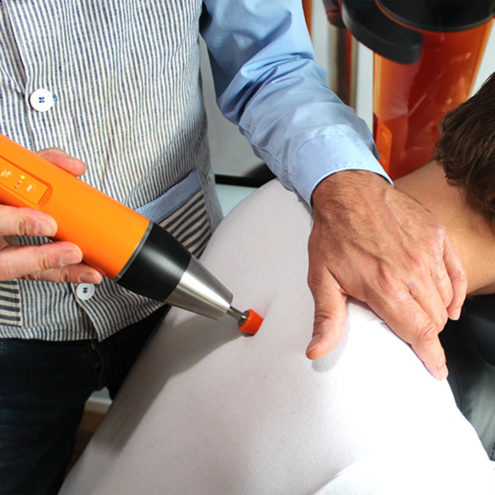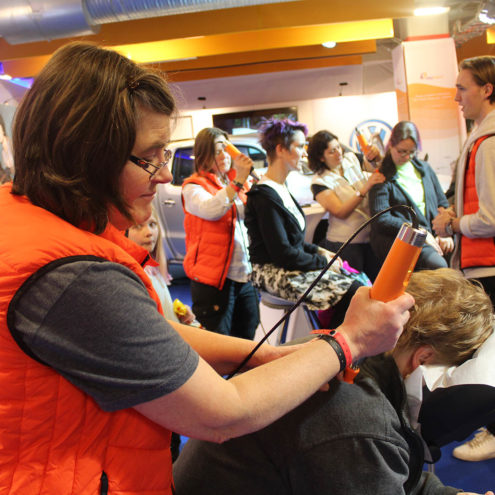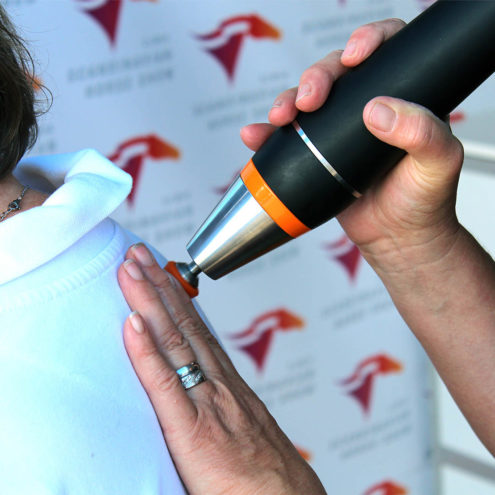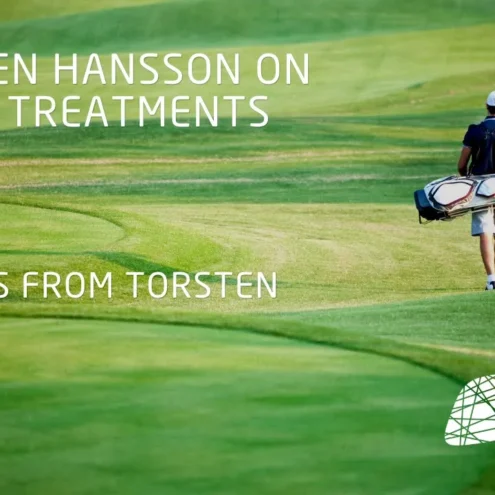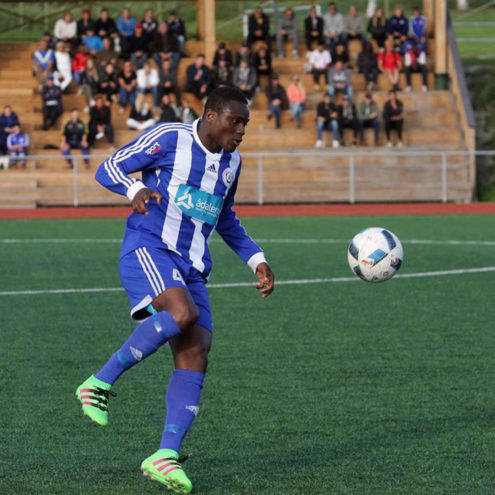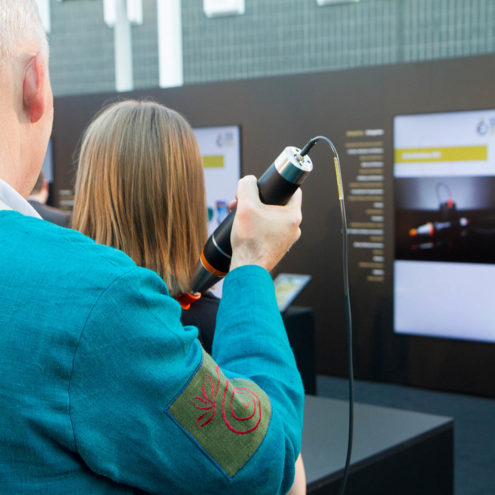Ski Thumb – Symptoms and Treatment

Ski thumb is a common injury, especially among ski enthusiasts. Understanding its symptoms, causes and treatment options is crucial for an effective recovery and to prevent future injuries.
What is a map?
Definition and background
How does ski thumb differ from other thumb injuries?
Unlike other thumb injuries, such as sprains or fractures, skier’s thumb focuses on damage to the ligament that supports the lateral movement of the thumb. This makes the injury more specific with distinct treatment needs and recovery processes compared to other types of thumb problems
Cause of ski thumb
Common scenarios and activities leading to ski thumb
Skier’s thumb most commonly occurs when skiers fall with their hand extended so that the thumb is pointing outwards, while holding a ski pole. This causes the thumb to bend backwards or sideways unnaturally. Other activities that involve a sudden force on the thumb, such as basketball, soccer, or even a simple fall can also cause skier’s thumb.
Risk factors and preventive measures
Risk factors include participation in sports where the hand is exposed to heavy impacts or falls. To prevent skier’s thumb, it is important to use the right techniques and protective equipment, such as wrist supports when skiing.
Symptoms of ski thumb
Early signs and symptoms to look out for
Early signs of ski thumb include pain at the base of the thumb, swelling, bruising, and a reduced ability to grip or perform movements with the thumb. The pain often worsens with movement or when pressure is applied to the side of the thumb.
When and why you should seek care
If you experience symptoms of skier’s thumb, it is important to seek medical attention quickly to prevent further injury and start appropriate treatment. Leaving the thumb untreated can lead to permanent weakening and instability.
How is ski thumb diagnosed?
Clinical tests and investigations
Diagnosis of ski thumb usually involves a physical examination where the doctor performs specific tests to evaluate pain and stability of the base joint of the thumb. Imaging tests such as X-rays or MRIs may also be used to assess the extent of the injury.
The importance of early diagnosis
Early diagnosis is crucial to prevent long-term consequences such as chronic instability or reduced mobility of the thumb. Early treatment can mean better chances of a full recovery and reduced risk of future injury.
Treatment of ski thumb
Conservative treatment methods
Conservative treatment for ski thumb usually includes immobilization of the thumb in a splint or cast to allow the injured ligament to heal. This period of rest can be supplemented with cold if possible to reduce swelling and pain, as well as anti-inflammatory drugs. The duration of immobilization varies depending on the severity of the injury but often ranges from a few weeks to a month.
Surgical options and when they are recommended
Surgery is usually recommended for more serious injuries where the ligament has been completely torn off or a piece of bone has come loose. Surgical procedures focus on repairing or reconnecting the severed ligament. If a piece of bone has come loose, it can be stitched or stapled. After surgery, the thumb will be put in a cast to relieve the joint. After the cast has been removed, a period of rehabilitation under the guidance of a physiotherapist will follow.
Rehabilitation and recovery after ski thumb
Exercises and physiotherapy
Once the immobilization period is over, it is important to gradually start movement exercises to restore mobility and strengthen the muscles around the thumb. Professional physiotherapy can offer tailored exercise programmes aimed at optimizing recovery without risking further injury.
Return to sports and activities
Return to full activity should be gradual and only when full mobility and strength have been restored in the thumb. Specific guidelines and customized protective measures, such as a thumb brace or modified equipment, may be recommended to prevent relapse.
How we at FasciaClinics can help you with ski thumb
At FasciaClinics, we understand the challenges that an injured thumb can bring. We offer a highly effective treatment in the form of fascial therapy. Fascia treatment increases circulation in the area and reduces swelling, which can benefit the body’s own healing ability. Regular fascia treatment can be an excellent complement to your recovery from skiing thumb.
Frequently asked questions and answers about ski thumb
Kan skidåkartumme förebyggas?
Medan vissa olyckor är oförutsägbara, kan du minska risken för att drabbas av skidåkartumme genom att följa säkerhetsåtgärder när du deltar i riskfyllda aktiviteter. Detta inkluderar att använda rätt utrustning, tillämpa korrekta tekniker, och stärka handledens och tummens muskler genom specifika övningar. Att vara medveten om och lyssna på din kropps signaler kan också hjälpa till att förhindra överbelastning och skador.
By contacting us at FasciaClinics, you can get the help and support needed for an effective recovery. Our goal is to ensure that you can return to your normal activities with renewed strength and confidence.
 Search
Search



